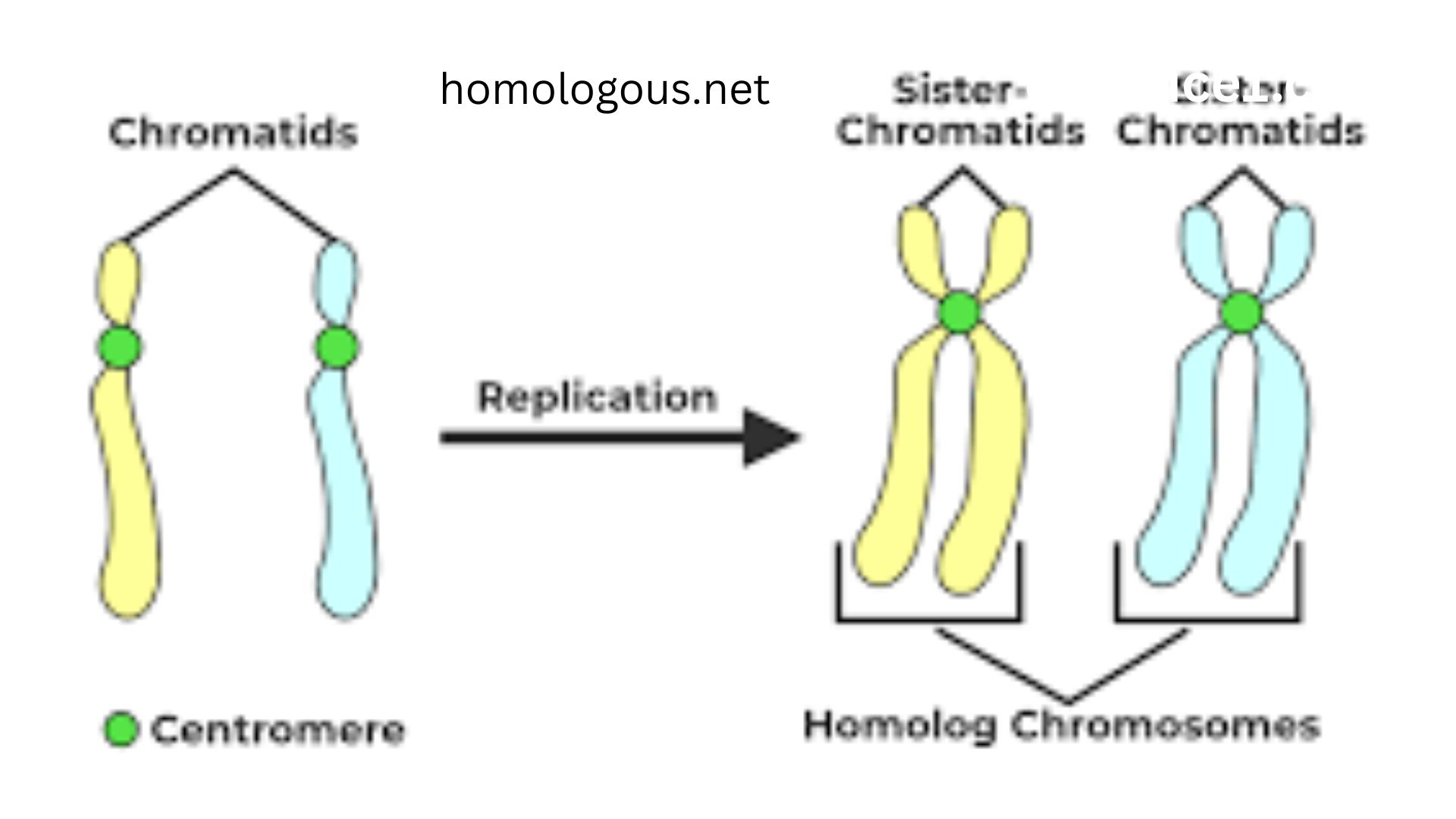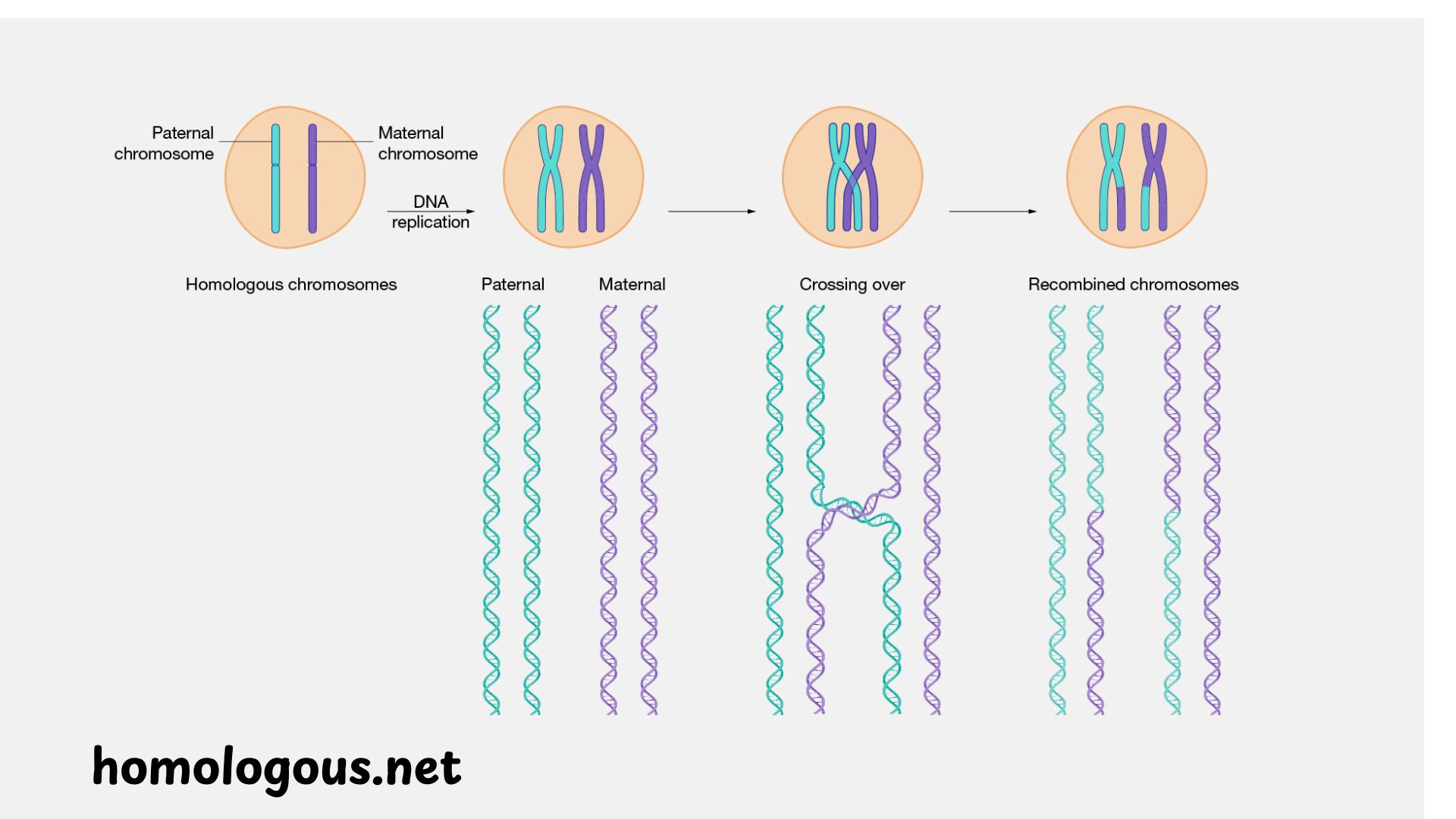Washington Commanders vs Tampa Bay Buccaneers match player stats: Washington’s playoff victory (23–20 at Raymond James Stadium on January 12, 2025) was a classic example of complementary football: an efficient passing attack, situational rushing, clutch special teams, and a defense that made just enough plays to tilt a close game. The final numbers show Washington outgaining Tampa Bay 350 yards to 284 and owning the tempo by splitting plays 69 to 44 — a sign that the Commanders’ offense ran longer drives and controlled more of the clock.
Quarterbacks and decision-making: Washington Commanders vs Tampa Bay Buccaneers match player stats
Jayden Daniels (Washington) — 24/35, 268 yards, 2 TDs, 0 INT: Daniels’ stat line is the centerpiece of the box score. His 24 completions on 35 attempts for 268 yards and two touchdowns reflect an offense that trusted his ability to manage middle-distance passing and make plays on third down and in the red zone. Daniels’ passer rating (110.2) and absence of turnovers underline a low-variance, high-reward performance: he avoided giveaways and converted drives into points. The two TDs came when it mattered — sustaining drives and finishing possessions — which in a three-point win is the difference between a first-round exit and a historic franchise playoff victory. Check Washington Commanders vs Tampa Bay Buccaneers match player stats here.
Baker Mayfield (Tampa Bay) — 15/18, 185 yards, 2 TDs, 0 INT: Mayfield’s efficiency (15/18) produced a higher yards-per-attempt (10.3) than Daniels, indicating chunk plays when his receivers were left in space or when he exploited matchups downfield. Yet Tampa Bay only ran 44 plays total, far fewer than Washington. That suggests Mayfield’s offense was more explosive per snap but lacked sustained possession, which allowed Washington to control game tempo. Mayfield’s two TD passes kept Tampa Bay in striking distance, but the one turnover (a fumble) and fewer possessions ultimately cost the Bucs.
Rushing: more than meets the eye
Washington’s ground game: 33 carries for 82 yards (2.5 YPC): Washington’s rushing totals look modest, but the team used the run mainly to set up play action and keep Tampa Bay honest. The low yards per carry was offset by a well-balanced passing attack — Washington’s 268 passing yards show the run’s job was often to create favorable down-and-distance situations rather than pile up yardage. Jayden Daniels also chipped in 13 carries for 36 yards, which added a layer of quarterback mobility that produced timely gains and made the Bucs account for the QB on designed runs or scramble plays.
Tampa Bay’s ground game: 25 carries for 101 yards; Bucky Irving 17–77: The Buccaneers had more efficiency on the ground, largely thanks to Bucky Irving’s 77 yards on 17 carries (4.5 YPC) and team balance that included Rachaad White. That rushing production helped Tampa Bay create quicker scoring drives, but with fewer total plays the Bucs could not sustain long possessions. The disparity — Washington’s longer, more methodical possessions versus Tampa’s shorter, higher-yield drives — was central to the outcome. What to know about Washington Commanders vs Tampa Bay Buccaneers match player stats?
Receiving corps and matchup winners Washington
Terry McLaurin — 7 receptions, 89 yards, 1 TD: McLaurin did what he’s paid to do: be a reliable chain-mover and red-zone threat. His seven catches and touchdown were crucial on sustained drives, especially when Washington needed a dependable target on medium routes and contested catches. Dyami Brown — 5–89–1 — matched McLaurin’s yardage, showing the Commanders had two complementary vertical threats; Brown’s big plays stretched Tampa Bay’s secondary and opened throwing lanes for Daniels. Overall, Washington completed 24 passes to accumulate 268 yards, with McLaurin and Brown accounting for the bulk of explosive receiving production.
Tampa Bay
Mike Evans — 7 receptions, 92 yards, 1 TD: Evans remains the prototypical possession/explosive receiver who can win contested catches and convert third downs. His seven catches made him a consistent target and his touchdown kept the Bucs competitive late. Jalen McMillan (2–41) and Cade Otton (2–32) provided secondary options but did not change the game’s complexion in the way Evans’ presence did. Tampa’s passing attack generated big plays but relied heavily on a handful of targets — efficient but narrow.
Tight ends and yards after catch
Cade Otton’s presence (2–32) and Washington’s Zach Ertz (3–26) and John Bates (0–0) show both teams tried to use tight ends as chain-movers and safety valves. Ertz’s 3 catches for 26 yards helped convert short-to-intermediate opportunities; Washington’s use of multiple tight end sets in spurts helped on third-down situations to secure necessary yardage. These modest figures still added situational value; in tight playoff games, converting third downs via reliable, short routes is often the hidden stat for victory. Visit for knowing Washington Commanders vs Tampa Bay Buccaneers match player stats.
Special teams swing
Field goals and the late game: Zane Gonzalez was perfect (3/3) with a long of 52 yards and scored 11 points for Washington; Chase McLaughlin was 2/2 with a long of 50 for Tampa Bay. Gonzalez’s 52-yarder was not just points — it was psychological leverage, giving Washington breathing room and forcing Tampa Bay to chase the score. In a three-point game, clutch kicking is the literal difference. Moreover, Luke McCaffrey’s kickoff returns (2 for 60 yards, 30.0 avg) provided improved starting field position on at least one pivotal drive, illustrating how special teams impacted hidden yardage.
Turnovers, penalties, and hidden edges
Turnovers: Washington had zero turnovers; Tampa Bay had one lost fumble (Mayfield). In close games turnovers are often decisive; Washington’s clean ball protection let them grind out drives without surrendering extra possessions. Penalties didn’t dominate the box score, so the game’s narrative came down to disciplined play and situational execution. Time of possession and total plays (Washington 35:26 and 69 plays vs. Tampa 24:34 and 44 plays) reflect Washington’s ability to control tempo — more plays, more opportunities, more chances to convert down after down.
Defensive impact and pressure
Washington defense: 52 total tackles and a key pass rush presence: The Commanders’ defense was opportunistic even without piling up huge sack numbers. Players like Bobby Wagner (team tackle leader) and Dorance Armstrong applied pressure and made tackles that stopped Tampa Bay drives before they became long scoring sequences. Washington’s schematic discipline showed in limiting explosive plays; Tampa Bay’s yards per play (6.5 vs. Washington’s 5.1) indicates the Bucs were more explosive per play but had fewer plays to exploit those gains. Washington’s ability to limit total possessions and force Tampa Bay into fewer but riskier drives helped set the stage for a narrow win.
Key moments and clutch execution
Red-zone and late-game execution: Washington’s ability to convert scoring opportunities (including Gonzalez’s long field goal) and Daniels’ clock-aware drives were decisive. The game featured a late go-ahead field goal and pressure situations where Washington executed with low variance — avoid turnovers, get chunks when necessary, and convert in short fields. Tampa Bay’s explosive plays kept them in the game, and Mayfield’s accuracy (15/18) showed the Bucs were efficient, but the two teams’ contrasting usage of plays (Washington creating more sustained drives) made the difference. Daniels’ poise in the playoffs and Washington’s franchise-shifting win — the team’s first playoff victory in nearly two decades — elevated individual box score numbers into historic context.
What the advanced lens suggests
Yards per play and situational advantage: Washington’s 5.1 yards/play vs. Tampa Bay’s 6.5 reveals an offensive efficiency paradox: Tampa Bay generated more yards per snap, but Washington had more snaps to compound small advantages into drives. That tradeoff (explosive but short vs. methodical and enduring) is a recurring theme in playoff football; teams that win the possession battle while remaining efficient enough on each play tend to advance. Washington’s zero turnovers combined with effective third-down conversions demonstrates the low-risk strategy that paid off.
Individual takeaways and future implications
Jayden Daniels: This game enhanced his reputation as a clutch, efficient playoff QB who can manage tempo and avoid mistakes. The two TDs, 0 INTs, and a 110.2 rating in a playoff debut speaks to his maturation as a floor-raising leader.
Terry McLaurin & Dyami Brown: Both receivers made Washington’s passing attack multi-dimensional. McLaurin’s reliability and Brown’s vertical threat forced Tampa Bay to allocate defensive resources, opening lanes for Daniels.
Mike Evans: Even in a loss, Evans’ 7 catches for 92 yards and a TD illustrated his continuing role as Mayfield’s go-to. Tampa’s offense can take solace in this explosive capability but must find ways to create more possessions or reduce Washington’s control of the ball.
Special teams: Zane Gonzalez’s long field goal and McCaffrey’s return yardage were subtle but decisive edges. Special teams often decide three-point games; this one was no exception.
Coaching and schematic note
Dan Quinn (Washington) and Tampa Bay’s coaching staff presented contrasting game plans that matched their respective rosters. Washington’s plan leaned into possession, situational quarterbacking, and pressuring the Bucs’ defense by converting enough third downs and relying on clutch kicking. Tampa Bay leaned into efficiency and explosive plays but lacked the time of possession needed to convert efficiency into scoreboard dominance.
Final read
A 23–20 playoff result reflects a margin decided by discipline, situational execution, and a handful of pivotal plays. Washington’s clean turnover sheet, effective quarterback play from Jayden Daniels, and reliable special teams separated the teams in a tight contest. Tampa Bay’s efficiency and chunk plays kept the game competitive, but fewer possessions and a late-game inability to flip field position were decisive. These player stats tell a story beyond numbers: Washington mastered the possession game and avoided the turnover swings that often doom teams in the postseason, while Tampa Bay showed plenty of explosive upside that — with a few more possessions — could have reversed the result on Washington Commanders vs Tampa Bay Buccaneers match player stats.
Do you want me to also add a compact stat summary table at the end with passing, rushing, receiving, and defensive leaders to make it more reader-friendly?




